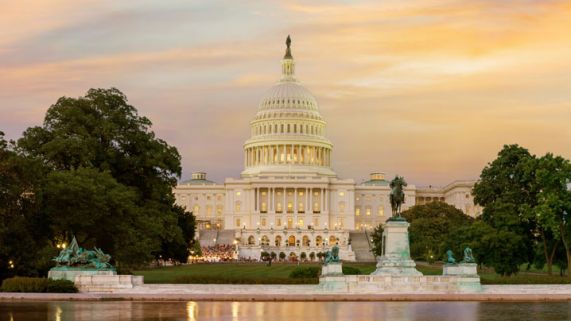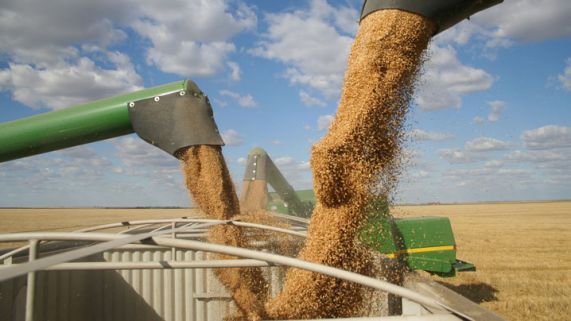Market to Market Classroom
When you think of "agriculture" what comes to mind? An individual farmer on a family farm? A consumer purchasing food from their local grocer? A debate in the government about farm policy?
Modern agriculture is all of these things and more. It is a complex network connecting producers, processors, retailers, governments and consumers. And from the food we eat, to the energy we use; from the development of new technologies, to management of the world's natural resources—agriculture touches everyone's lives.
Market to Market Classroom connects you with stories about the science, technology, culture, and business of agriculture from the nation's longest-running agribusiness television program. Explore the stories and gain a deeper understanding of the people, issues, and events that shape agriculture today.





